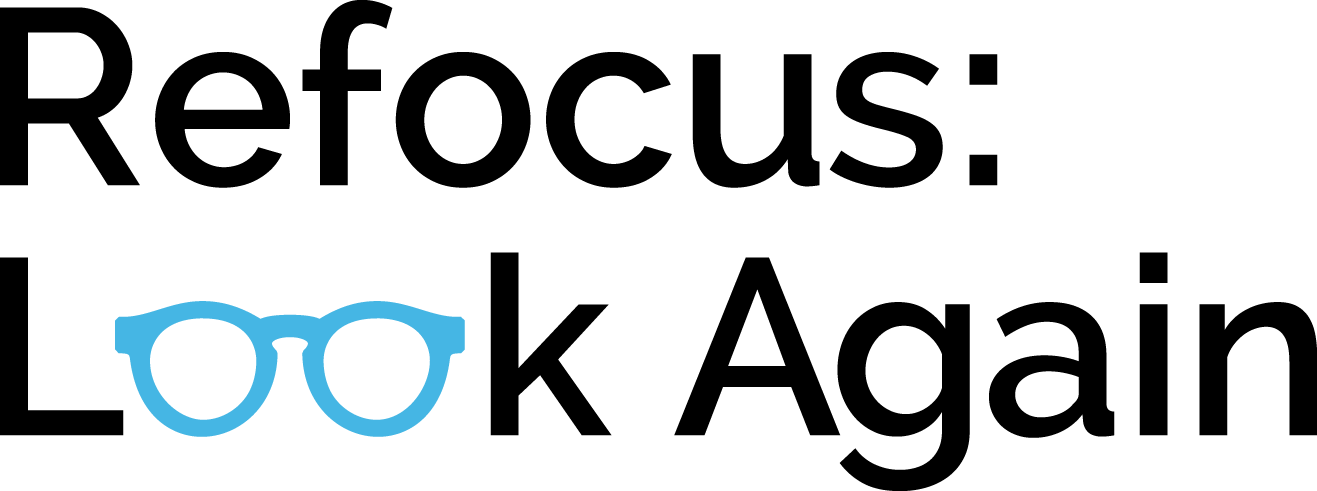The Anti-Stigma Project defines Double Stigma as: how the stigma associated with race, religion, age, sexual orientation, etc. is compounded by an additional layer of stigma related to behavioral health challenges. This article from the New York Times illustrates how stigma associated with the LGBTQIA+ experience can affect behavioral health and access to behavioral health services, and the strong psycho-social impacts of removing that stigma. Click the title to access the full article from the New York Times.
Mental Health Challenges for Older Americans (Infographic)
Not the same old, same old.
"'10,000 Americans turn 65 every day. Geriatricians are in increasingly short supply. So medical schools have begun teaching all students how to care for an aging population. Tackling ageism is a big part of it. ‘You need to make sure students basically like older patients. See them as individuals worthy of love and care.'"
Infographic: Minority Mental Health
Click the title to check out this infographic on minority mental health by Mental Health America. It breaks down the U.S. population by race/ethnicity, the prevalence of mental health and substance use issues among minorities, barriers to getting help (hint: stigma), and some interesting trends in mental health screening.
Mental Health Disparities: Diverse Populations
CDC: Suicide rising across the US, More than a mental health concern
The CDC identifies suicide as a leading cause of death in the United States, with “suicide rates increas[ing] in nearly every state from 1999 through 2016.” Click the title to access the complete CDC report with statistics on suicide in the United States, factors that contribute to suicide, the 12 warning signs of suicide and suggestions for working as a community to prevent it.
The Connection Between Suicide and Stigma
Study: Cops, Firefighters More Likely to Die by Suicide Than in Line of Duty
The Ruderman Family Foundation conducted a nationwide study that resulted in the troubling conclusion that first responders are more likely to die by suicide than in the line of duty. ““The white paper also goes on to lay out several barriers that prevent first responders from accessing necessary mental health services to help them cope with trauma.”
Tips for Changing Workplace Culture
“The truth is, many people living with mental health conditions are productive, reliable employees and leaders who live full and satisfying lives. But even in the most progressive workplaces, many employees keep their conditions secret. They may be afraid that being open about them will hurt their reputation, compromise work relationships, or even jeopardize their job.” Click the title for the full article from Kaiser Permanente "Reducing mental health stigma in the workplace" for more stats and tips for changing workplace culture.

